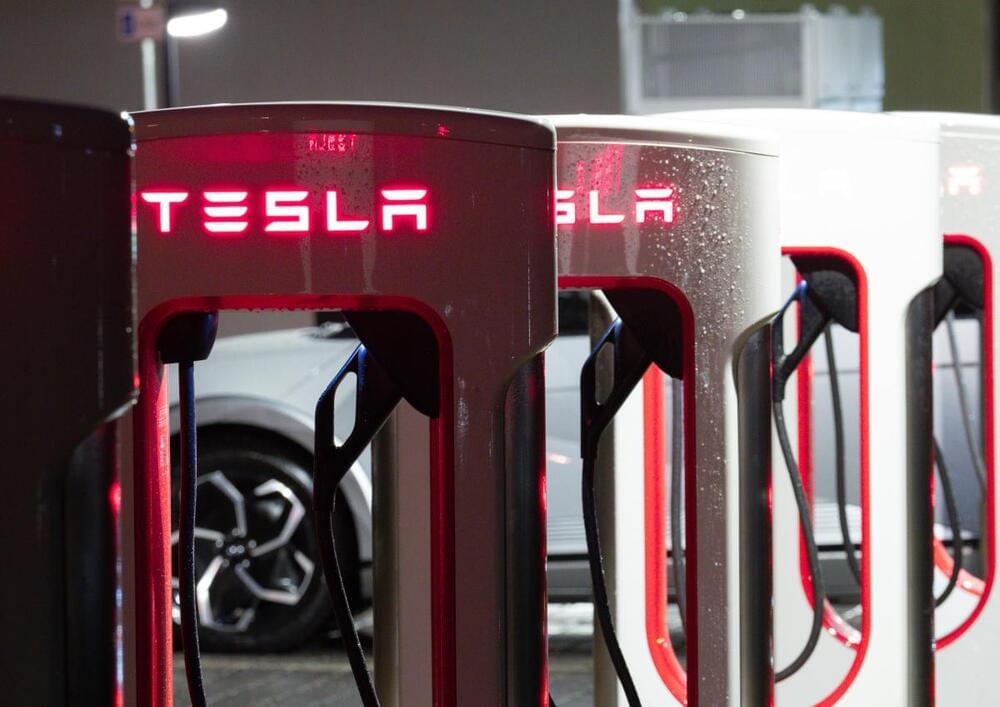Tesla is reportedly working on compact crossover EV codenamed “Redwood” with production set to start in June 2025, sources familiar with the matter told Reuters. The company is said to have sent requests for quotes for the new model to suppliers last year, predicting a weekly production volume of 10,000 vehicles.
Elon Musk has confirmed that a “next-generation low-cost” Tesla EV is in the works and is “optimistic” that it’ll arrive in the second half of 2025, he said in an earnings call yesterday. He also promised “a revolutionary manufacturing system” for the vehicle that’s far more advanced than any others in the world by a “significant margin.”
An article yesterday from Reuters indicated that the new vehicle would be a small crossover codenamed “Redwood.” Tesla reportedly sent requests to suppliers for quotes, predicting a weekly production volume of 10,000 vehicles. Musk previously stated that the automaker is working on two new EV models that could sell up to 5 million per year, combined.
“Our current schedule shows that we will start production towards the end of 2025, sometime in the second half,” he said on the call. The vehicle will be built in Tesla’s Austin, Texas Gigafactory to start with and other locations around the world later. Musk hinted that there would be a strong push to ramp up assembly: “We’ll be sleeping on the line practically,” he said.








